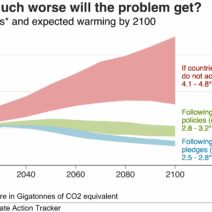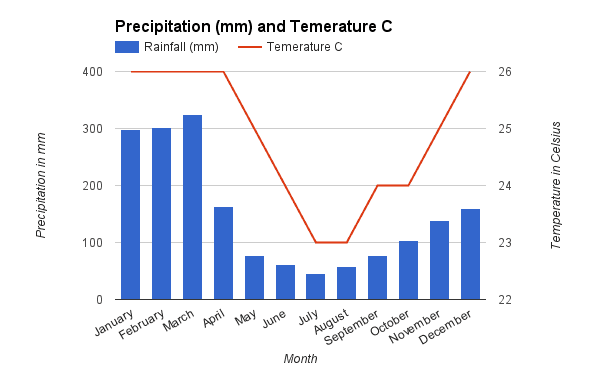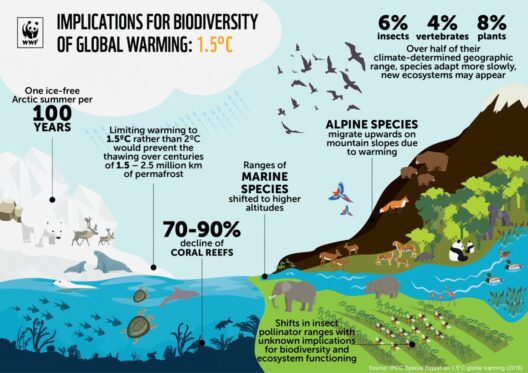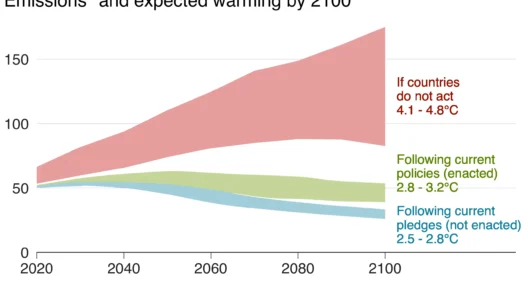The allure of Fiji is undeniable, with its pristine beaches, turquoise lagoons, and verdant landscapes often evoking the notion of paradise. Yet, beneath the surface of this tropical haven lies a climate characterized by humidity and warm temperatures that merits a closer examination. Understanding the intricate nuances of Fiji’s climate not only enhances appreciation for its ecological beauty but also elucidates the fundamental principles of tropical meteorology and environmental dynamics.
Fiji is situated in the South Pacific Ocean, comprising more than 300 islands, the two largest being Viti Levu and Vanua Levu. This archipelago enjoys a tropical maritime climate, marked predominantly by two distinct seasons: the wet season and the dry season. The wet season spans from November to April, while the dry season stretches from May to October. However, the characteristics of this climate are shaped by various factors, including topography, oceanic currents, and prevailing wind patterns.
The average temperature in Fiji remains consistently warm throughout the year, typically ranging from 24°C (75°F) to 31°C (88°F). Such warmth is invigorating but can become stifling due to the omnipresent humidity. Humidity levels often hover between 70% and 90%, particularly during the wet season. The moisture-laden air creates a sensation of heaviness, a tactile experience that can feel like an embrace from the surrounding environment.
The robust humidity is primarily a consequence of the region’s proximity to the ocean, which serves as a relentless source of moisture. Cyclonic conditions prevailing from November to April exacerbate this phenomenon, resulting in frequent tropical showers and occasional storms. Although these rains can be torrential, they are vital for the sustenance of Fiji’s verdant ecosystems, nourishing the diverse flora and fauna that flourish in this environment. This balance of rain and sun creates lush landscapes adorned with an array of plant species, including endemic trees, vibrant flowers, and sprawling rainforests.
During the dry season, the climate transitions, offering a reprieve from the intense humidity. However, the warmth remains, and the islands bask in sunshine, giving way to idyllic conditions for outdoor explorations. Average rainfall during this time significantly decreases, often fostering an inviting atmosphere for tourists and locals alike. It is during these months that the island’s natural beauty is accentuated, with landscapes appearing more vibrant against the azure backdrop of the Pacific.
One cannot discuss Fiji’s climate without acknowledging its susceptibility to climate change. The islands, with their delicate ecosystems, face an array of environmental challenges, including rising sea levels, increased frequency of cyclones, and unpredictable weather patterns. As global temperatures continue to rise, Fiji’s inhabitants are acutely aware of the ramifications for their way of life, particularly for communities that rely on agriculture and fishing. Coastal erosion and saltwater intrusion pose significant threats, endangering food security and freshwater supplies.
The shifting climate has galvanized local communities to engage in sustainable practices. Initiatives aimed at environmental conservation are burgeoning throughout the archipelago, with a focus on preserving natural resources while fostering resilience against climate change. Programs that promote reforestation, coral restoration, and sustainable tourism are being implemented as collective efforts to safeguard Fijian landscapes and livelihoods. Such endeavors not only underscore the importance of ecological balance but also highlight the intrinsic link between the community and their environment.
Moreover, Fiji’s climate is entrancing for another reason—its duality. Visitors often remark on the juxtaposition of serenity and tumult that the weather can evoke. The intensity of a tropical downpour may very well be followed by brilliant sunshine, leading to resplendent rainbows arching across the sky. This spectacular display serves as a reminder of nature’s power and unpredictability. The frequent shifts in weather create a dynamic atmosphere and are often viewed as a metaphor for life itself, where balance is achieved through contrast.
Also, the climatic conditions foster a unique culture that is intertwined with the environment. Traditional practices, such as the cultivation of kava and taro, are not only shaped by climate but also reflect the deep-rooted connection between Fijians and their natural surroundings. The local customs and festivals, often linked to seasonal changes, further emphasize the significance of climate in everyday life, portraying an intricate tapestry of history, tradition, and nature.
As travelers marvel at Fiji’s tropical landscapes, it is imperative to recognize that beneath the surface of stunning scenery lies a complex interplay of climatic factors that weave together the ecosystem. The exquisite beauty of Fiji transcends mere aesthetics; it resides in the rhythm set by the climate and its profound implications for the environment and local communities. The humidity, while sometimes overwhelming, serves as a reminder of the precious balance necessary for the survival of this island paradise.
In conclusion, Fiji presents an exceptional case study of a region where climate shapes both landscape and lifestyle. Its humid, tropical climate, while perceived as a paradise by many, also carries profound implications for sustainability and climate resilience. Understanding Fiji’s climate invites deeper insight into the challenges it faces and the unwavering spirit of its communities to adapt and overcome. Consequently, the fascination with Fiji transcends mere geographic allure; it invites ongoing dialogue about climate change, cultural identity, and environmental stewardship, an essential conversation for our interconnected world.








